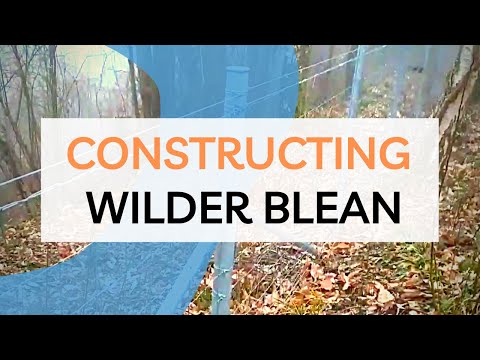
Fence Construction in Blean Woods | The Wilder Blean Diaries
Frequently Asked Questions
West Blean and Thornden Woods is one of our largest nature reserves. It's an ancient woodland which should be a haven for wildlife. But, because conifer trees were planted historically as a crop, we've needed to use heavy machinery to allow light in. Bison do this naturally - they fell non-native trees, open the canopy and give nature space to recover and thrive.
Whilst in other countries only an electric fence is required for bison, UK legislation requires double fencing – we hope this project will demonstrate the need to change these requirements. Until then these fences are designed to be as visually un-intrusive as possible. The bison will have plenty of space to roam freely within this large fenced area.
These trees were planted close together for timber during World War II, creating a closed canopy which stops smaller trees and plants from growing. Removal of these has let more light in and created spaces where the bison can penetrate the woodlands and in future they will do this job for us. Trees were only felled once identified as being of low wildlife value with ecologists supervising works.
We want these woods to be a place where people can enjoy the wonder of nature. Only some permissive paths have been closed to reduce disturbance to wildlife and our grazing animals. All public footpaths remain open and many will be improved with better access for wheelchair users, new walks created and more opportunities for people to interact with the woodland.
As highly experienced conservationists and ecologists, animal welfare is at the heart of everything we do. The project includes a huge wildlife monitoring program which has been undertaken across the site. All contractors were required to adhere to strict guidance on what to do if nesting sites were found and ecologists were present to supervise works.
Can't find the answer to your question?
If you have a question about woodland management and can't find the answer, please get in touch. You can also keep an eye out on our social media where we regularly post our expert Q&As.

